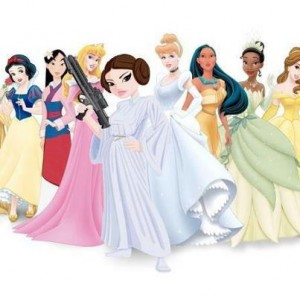 I must start off by saying that I had a moment similar to one that David had last week when he read about the Tamagotchi. I cannot remember the last time I thought about the TV show Action League Now! or about the The Sims videogame (and I will admit, there was a time when I couldn’t get enough of The Sims).
I must start off by saying that I had a moment similar to one that David had last week when he read about the Tamagotchi. I cannot remember the last time I thought about the TV show Action League Now! or about the The Sims videogame (and I will admit, there was a time when I couldn’t get enough of The Sims).
That said, I was continually reminded of the concept of control throughout this week’s readings. As mentioned by Jenkins (2012), companies want consumers to use the physical forms of their logos, but as soon as they use the digital forms, companies get nervous. Perhaps the ease of reproduction that is possible in the digital world threatens their sense of control over their brand. Similarly, Andrejevic (2010) mentions that while consumers own computers and software, they do not own the networks that make social networking possible, so ownership issues could become fuzzy. However, McCracken (1998) stresses that media producers must accommodate consumer demands to participate as well as consume media, otherwise, consumers will lose interest and move on to media that is more tolerant of their participation. In order for consumers to contribute to a media such as a game, they must feel that what they offer makes a difference in their own experience and in the experience of other players (Koster 1999), which makes me consider user-generated content in a broader sense. As we have discussed, consumers do not usually receive compensation to create user-generated content. Not only do they still create such content, but also the content they create is often high quality. Perhaps they are driven by the desire to make a difference in their own media experience and in the experience of others.
Andrejevic (2010) offers an interesting view of social networking sites that we’ve discussed throughout the semester. Although a small percentage of users read and understand the privacy agreements offered by social networking sites, users continue to sign up for and use these sites. Furthermore, users agree to submit to these sites monitoring their actions and manipulating their data and, according to Andrejevic (2010), as long as users enjoy the benefits of social networking, why shouldn’t Facebook too? I have to agree that users willingly submit to these conditions, but I still contend that the presentational mode of the privacy statement could make a difference (thus the topic of my trend analysis). Users, however, could simply be affected by social norms. As mentioned by Andrejevic (2010), it is likely that people who avoid social networking sites will soon seem outdated and overly protective of their privacy. Perhaps it all goes back to Laufer and Wolfe’s (1977) risk calculation: If perceived benefits of sharing one’s personal information (connecting with others) are greater than the perceived risks (exposing personal information), users are more likely to disclose their information.
